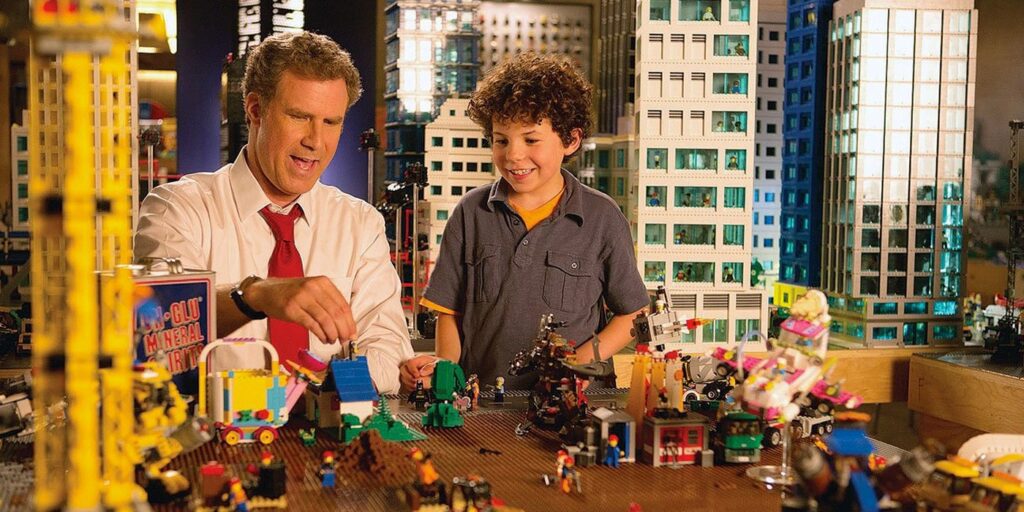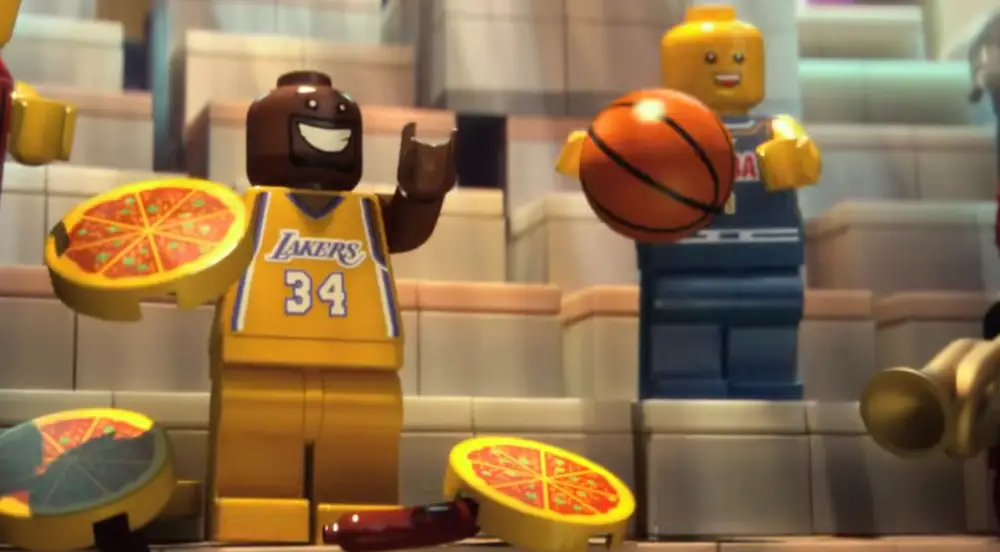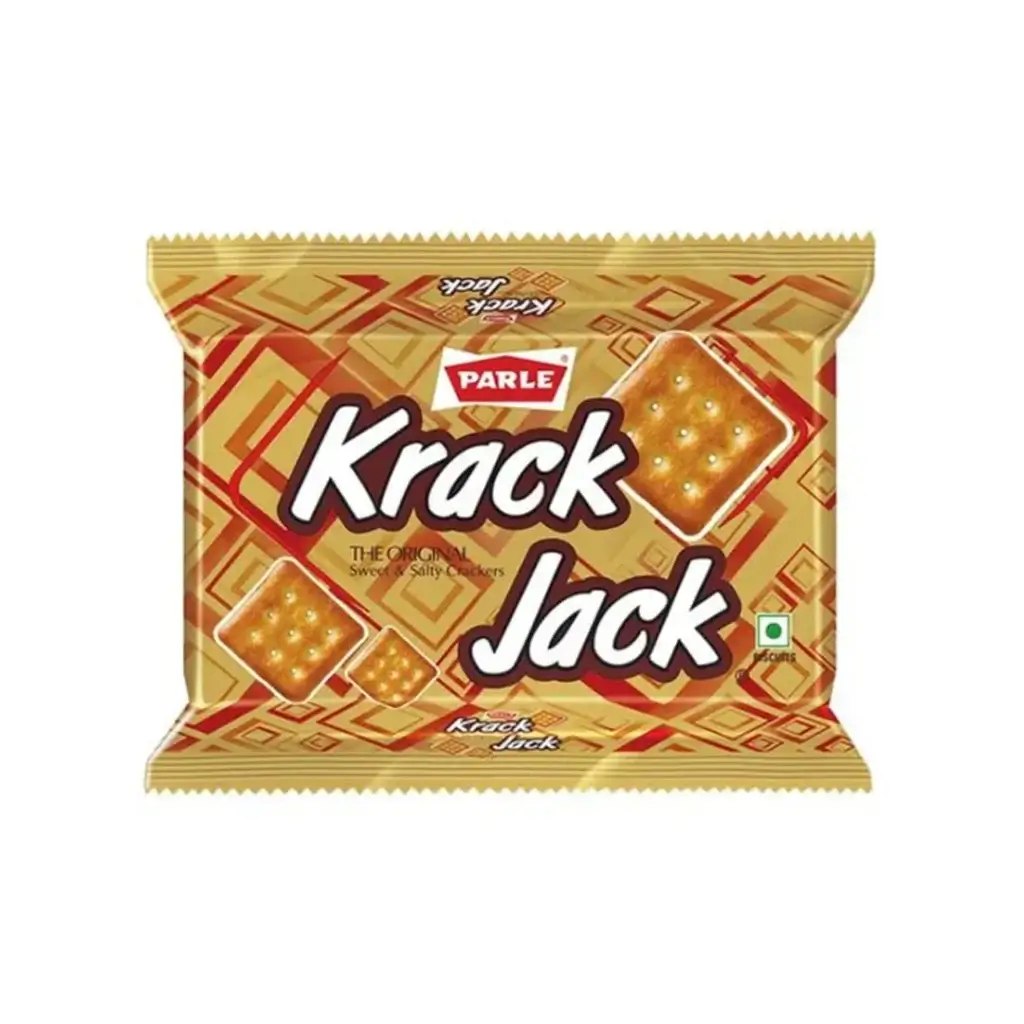The LEGO Movies – Great Examples of Branded Content

The Series of The LEGO Movies are the perhaps the best examples of leveraging content to market products or brands
“This has been the best year ever for the Lego Group. If I could sing and dance, I should be singing and dancing because it is a fantastic number of results.” — Lego Chief Executive Jørgen Vig Knudstorp in 2015, the year following the release of The LEGO Movie
The first of the movies was by Dan Lin. It was said to be a children’s movie and The Lego Movie garnered positive reviews with a high 96% on Rotten Tomatoes. The movie was a hit both as entertainment and as a sales effort. LEGO reported a 25% increase in sales after the debut of The LEGO Movie in 2015. In 2014, sales increased 14% after the film’s debut. The LEGO Movie goes beyond releasing a LEGO video game or leveraging another brand’s popularity by releasing a LEGO set for that brand.
The LEGO Movie teaches marketers how to add wings to an existing brand, understand and leverage marketing for sales, and position themselves as leaders rather than just followers riding on others’ brands. The LEGO Movie’s popularity has taught us many things.

- Know all your customers well – touch the influencer and the decision-maker
What distinguishes The LEGO Movie unique from other LEGO franchise computer games, TV series, and YouTube videos is its universal appeal. Kids can’t afford toys and video games and rely on their parents to buy them.
Toy marketing is usually aggressive, bombarding kids with loud advertising until their parents caved and bought the toy for them. This is a high-stakes strategy where the winning brand has the best theme, the most airtime, and the highest budget. These tactics have come under
Toys like LEGO have an unfair advantage over other brands since many of their potential customers’ parents were once users of the product. The LEGO Movie makes a subtle but deliberate effort to speak to parents taking their children to watch the film.
In one of the movies, the ending is with a small boy stealing away to his father’s basement to play with his father’s childhood legos. Will Ferrell’s Lord Business is the boy’s dad’s voice. In the end, the boy and his father spend time together playing with LEGOs, a subliminal message to parents in the audience that they may also escape the monotony of the corporate world and spend time with their children.
Other adult charms include broader cinematic and storytelling motifs that children miss. In the film, Lord Business’ henchman, Bad Cop (voiced by Liam Neeson), is a two-faced LEGO toy with a happy and angry face.

- Leverage Nostalgia
To bring parents into the cinema, LEGO relies on Warner Bros. by focusing on a strong appeal to parents to reignite their childhood imagination, spend time with their children and step back from the world of business and back into the family. Once in the theatre, appealing to their nostalgia and sentiments sells the parents while the kids are entertained by the action.
Tapping into positive, familiar fun times parents had (when they were kids) to build trust for new ideas and reinvigorate modern campaigns. The idea is to link Lego to something that customers already appreciate and remember.
- Able to benefit from the success & popularity of other brands.
The Master Builders is the best example of The LEGO Movie’s ability to capitalise on the success of other businesses that LEGO formerly cooperated with.
As well as allowing the film’s producers to feature voice actors such as Chris Pratt (Superman) and Shaq (Shaq), this scene also serves as an acknowledgement to the adults who grew up with LEGO sets that have been discontinued, such as 1980s-something-Space guy, etc. As a result, even if the audience members have never used LEGOs before, The LEGO Movie still manages to captivate them. Gandalf and Dumbledore’s appearances in the film may bring back memories of reading Lord of the Rings or Harry Potter as a child and inspire the audience to identify with the film’s subject.

- Good Guy Vs Bad Guy/ Good Vs Evil
When it comes to the LEGO Movie, it’s not just about a child’s desire to play with his father’s toys that are only revealed in the end. Good vs. Evil is rapidly established in this film, and it goes beyond the typical infantile good guy vs bad guy scenario. People will no longer interfere with Lord Business’ intentions if he keeps everything in place but when he crosses the line…
This is a tried-and-true structure for a man against system conflict. It works because viewers and readers feel as if they are up against a system in every aspect of their lives. This type of structure stimulates the viewer’s sympathies and keeps them interested for the duration of the story. In this instance, the “man” refers to the creative individual or group. To build something new, these are the people who use their imagination to repurpose existing resources (LEGO blocks). These people are skilled artisans, as well as business owners. As a symbol of the status quo, Lord Business symbolises the interests of those who want to preserve the status quo. When someone is contemplating quitting their 9-to-5 job in favour of starting a new business or creating a new work of art, they may feel this same sense of apprehension.
There is another narrative behind the primary plot of the film, one of man versus the system and how a boy tries to save his father. When Lord Business’s world-control scheme goes awry, the movie’s audience is jolted back into the “real world.” Will Ferrell confronts his kid Finn about playing with his toys in this video clip. Finn convinces his father that toys are meant to be played with, and the movie finishes with the two of them playing with the father’s LEGO set together at the end of the film. His father, Finn, is saved from the tyranny of maturity by Finn.
- Scope for More
A happy ending for The LEGO Movie allows room for several more films in this franchise, but the chaos of the Battle of Bricksburg — which brings back a lot of the characters from earlier in the film — opens the door for several more. This was taken advantage of by LEGO, which released The LEGO Batman Movie in 2017 (which has a Rotten Tomatoes score of 90%), The LEGO Ninjago Movie in September 2017, and so on.
Especially for a company like LEGO, who generally only responds to the release of another film with new build sets or video games, this is huge (i.e., a Star Wars build set may be released after the release of a Star Wars movie). Rather than relying on other brands for future movies, Warner Bros. and LEGO advance the cause by introducing several characters who can be reused (both original and alternate versions).

- No direct moralizing
There are no preachy moments, and it doesn’t put the audience in the corner. It’s not uncommon for movies with a good vs. evil plotline, nostalgia, and an adult audience to be preachy or moralising. The plots of those who consciously avoid moralising sometimes become monotonous or uninteresting as a result. Both moralising and cheerful plotlines are maintained in The LEGO Movie. This story isn’t really about business or government as much as it is about how maturity may be stifling due to over-seriousness, which viewers may be tempted to read into the story as anti-business or anti-government. As a result, the movie leaves the audience with the impression that they had their hearts warmed rather than their intellect questioned, regardless of their beliefs or intentions when they entered the theatre.
Conclusion
At the debut of The LEGO Movie, movie theatres around the country were packed with families with small children, young adults, and seniors. The film had a 55% male to a 45% female audience split at the box office in 2014, making it the most gender-balanced release of the year. Increased sales, re-ignited a love for the product among aged audiences and their children, and positioned LEGO and Warner Brothers up to profit from future films based on the franchise were only some of the benefits of the film.
The lessons you can learn from The LEGO Movie’s success don’t end at the theatre. Branded content and marketing opportunities open up as you get to know the people who make up your sales process. People don’t mind when businesses help tell stories, like the Lego Movie shows.
Reference – https://www.hollywoodreporter.com/news/general-news/making-lego-movie-7-years-762327/



